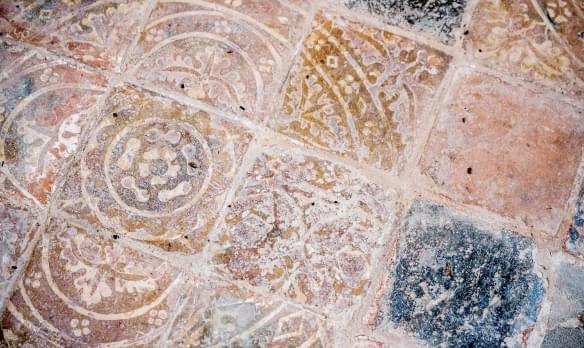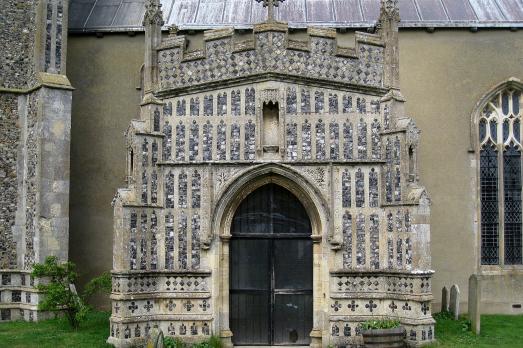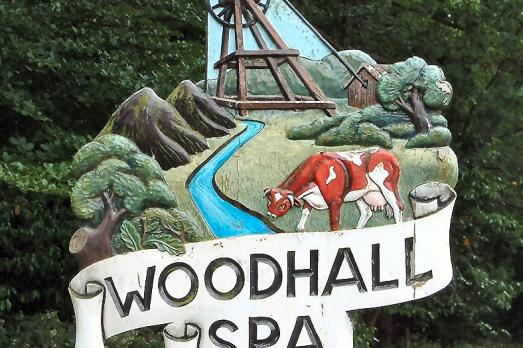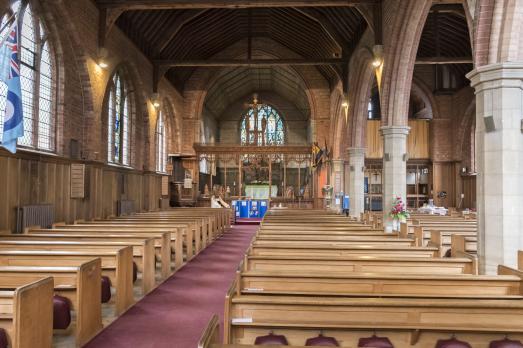
St Germain
Scothern, Lincolnshire | LN2 2UA
St Germain's church is set in the centre of the quiet village of Scothern, about six miles northeast of Lincoln.
We have supported this church
Search for a fascinating place to visit, or see the variety of churches, chapels and meeting houses we have supported.

Scothern, Lincolnshire | LN2 2UA
St Germain's church is set in the centre of the quiet village of Scothern, about six miles northeast of Lincoln.
We have supported this church

Welton, Lincolnshire | LN2 3LT
A lovely church with fine features including Christ Hospital Window, Memorial Window (planes of WW1 and submarines), Standards from Old Scampton RAF camp, stencilling on ceiling above chancel and alleged gravestone of the Lincolnshire poacher in the churchyard.

East Harwick, Yorkshire | WF8 3DW
St Stephen's is a cruciform building, built in 1873, in the Early English style of architecture and has interesting internal architectural features and stained glass; a beautiful and peaceful place of worship within a small village community.

Barfreston, Kent | CT15 7JQ
Kent's finest Norman church, with some of the best Norman decorative stonework in Britain.

Kersey, Suffolk | IP7 6EE
St Mary's stands on high ground above its very pretty village, which prospered during the late medieval cloth making boom.
We have supported this church

Campsall, Yorkshire | DN6 9AG
The church building occupies a dominant site in the village.

Weeting, Suffolk | IP27 0RA
Come and visit our lovely Grade II * listed church in a beautiful countryside setting adjacent to Weeting Castle.

Woodhall Spa, Lincolnshire | LN10 6TH
An attractive late Victorian church, originally intended as a dual purpose school and chapel.

Corringham, Lincolnshire | DN21 5RA
St Laurence's church is a grade I listed church dating from the 11th century onwards with 1882 restorations by Bodley and Garner.

Barnby Dun, Yorkshire | DN3 1EB
Although there is mention of a church in Barnby Dun in the Domesday Book, the present building is mainly 14th century, although the tower is 13th century.

Woodhall Spa, Lincolnshire | LN10 6ST
St Peter's was designed by famous Victorian architect, Hodgson Fowler and although only just over a hundred years old it already has an interesting history.

Shelley, Suffolk | IP7 5QX
Tucked away in one of the most remote villages in Suffolk, Shelley church is hard to find but worth finding!